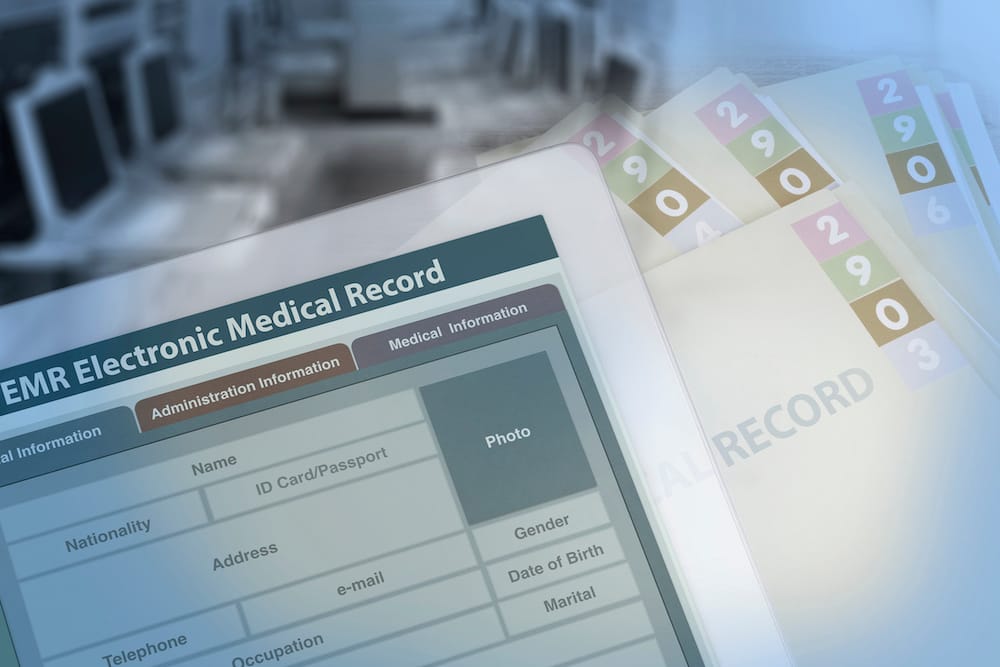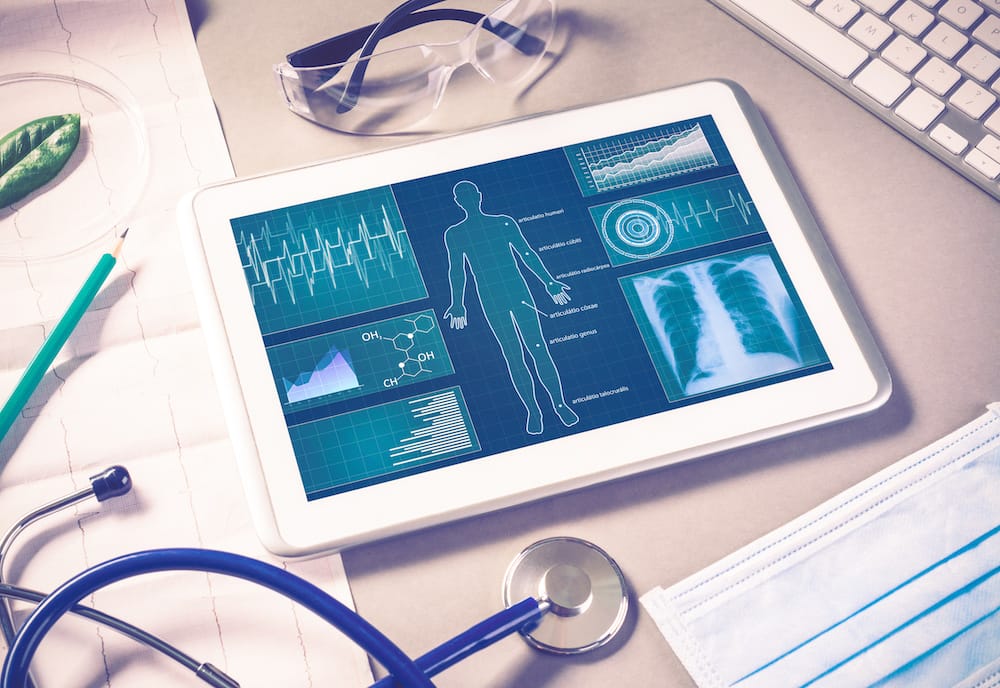Healthcare is one of the many industries that are constantly changing as a result of technological advancements. Hence, the healthcare industry is growing fast as it adopts both cloud-based and web technologies to improve patient care and boost work convenience.
However, this evolution comes with new vulnerabilities that can put network compliance and security at risk. And because this industry manages vast amounts of patient data, they’ve become a desirable target for attackers.
This has resulted in many unexpected challenges and struggles in the healthcare industry, particularly cybersecurity. According to Security Scorecard, the industry ranks only 8th out of 18 major US industries. This is because it often fails to keep organizational and patient data protected.
As the healthcare industry improves its data management practices, maintaining cybersecurity IT compliance will be one of the key priorities for healthcare organizations.
Why Is IT Compliance Important In Healthcare?
The healthcare industry has a duty to safeguard its cybersecurity ecosystems because of the sensitivity of patient data. Also, it’s an important element of the HIPAA (Health Insurance Portability and Accountability) rules. These are the rules every healthcare facility needs to comply with to ensure maximum security.
Otherwise, there’ll be consequences due to poor cybersecurity management. Healthcare organizations may receive penalties aside from the losses due to reputational damage resulting from an anxious public.
If you want to ensure maximum compliance with rules and regulations set by HIPAA, Power Consulting offers HIPAA compliance services. They’ll help you manage complex policies and technical work to provide the utmost healthcare services to your patients.
You may also consult other service providers near you that can help you comply with HIPAA rules effectively.
What Are The Common Threats to Healthcare Cybersecurity?
Healthcare data is one of the most desirable targets for cybercriminals. They can use patients’ medical records to impersonate them, receive free healthcare services, or file fraudulent claims. In addition, attackers may sell the stolen data to other hackers or even to the organization which previously owned the data they stole.
Take a look at some of the most common cybersecurity threats hackers use to steal and get hold of your patient and organizational data.

- Ransomware
Ransomware is malware that intends to keep the stolen data in a password-encrypted folder. Then, the hackers will demand a ransom from the owner in exchange for a key to access the folder. If you don’t give them what they want, they’ll put pressure on you. They’ll either erase your data or sell it to others on the dark web as a consequence.
- Distributed Denial-of-Service (DDoS) Attacks
The main goal of DDoS attacks is to prevent organizations from accessing their data by compromising their network access. This makes it difficult for healthcare providers to access patient records, client portals, and patient portals, which ultimately could disrupt the operation.
- Insider Threats
Insider threats can cause catastrophic damage to the healthcare facility’s network system. This is because they provide internal access and information about network infrastructure and vulnerabilities to the attackers. To prevent such threats from entering your system, it’s crucial to train your employees regularly about cybersecurity.
- Electronic Medical Records
These contain all information about the patient, including treatment history, prescriptions, etc. Also, it’s used to track and monitor patient data over time and check its essential parameters. Usually, it’s stored in a cloud-based network, increasing its risk of getting stolen and hacked.
How To Maintain Compliance In Healthcare IT?
Here are some tips and strategies that’ll help you maintain compliance in healthcare IT:
- Implement Continuous Monitoring
In order to maintain compliance and address potential risks concurrently, continuous monitoring is critical in healthcare. Furthermore, this is to help your organization adapt to the ever-growing and constantly evolving cybersecurity landscape.
- Hire A Third-Party Risk Management
As your healthcare organization leans toward cloud-based systems and operations, a third-party cybersecurity solution provider is crucial to securing your network ecosystem. And don’t forget to monitor them because you’ll also be affected once they get attacked and hacked.
- Implement Web Application
This is the process of protecting online services, such as patient portals, web platforms, and other online-based systems. It may be difficult to manage, but it’s crucial to maintain IT compliance since it includes security strategies throughout the supply chain.
- Utilize Access Controls
Insider threats are risks you shouldn’t ignore because of the access they can grant to someone across your networks. Such threats can be mitigated with the help of selective access controls. It means providing employees, especially key staff, with access-only protocols to reduce malicious attacks and negligent errors.
Final Words
Healthcare IT compliance is one of the key priorities of every healthcare organization. This helps them ensure that every patient and organizational data they gather will be protected and secured accordingly. Otherwise, they’ll face a series of fines and legal charges for failing to keep their medical records safe aside from the reputational damage the situation may incur.
To ensure compliance, you can seek assistance from third-party HIPAA compliance service providers or follow the strategies mentioned above. Also, bear in mind the potential risks to your network and make certain that none of them will penetrate.
Throughout the year, our writers feature fresh, in-depth, and relevant information for our audience of 40,000+ healthcare leaders and professionals. As a healthcare business publication, we cover and cherish our relationship with the entire health care industry including administrators, nurses, physicians, physical therapists, pharmacists, and more. We cover a broad spectrum from hospitals to medical offices to outpatient services to eye surgery centers to university settings. We focus on rehabilitation, nursing homes, home care, hospice as well as men’s health, women’s heath, and pediatrics.








